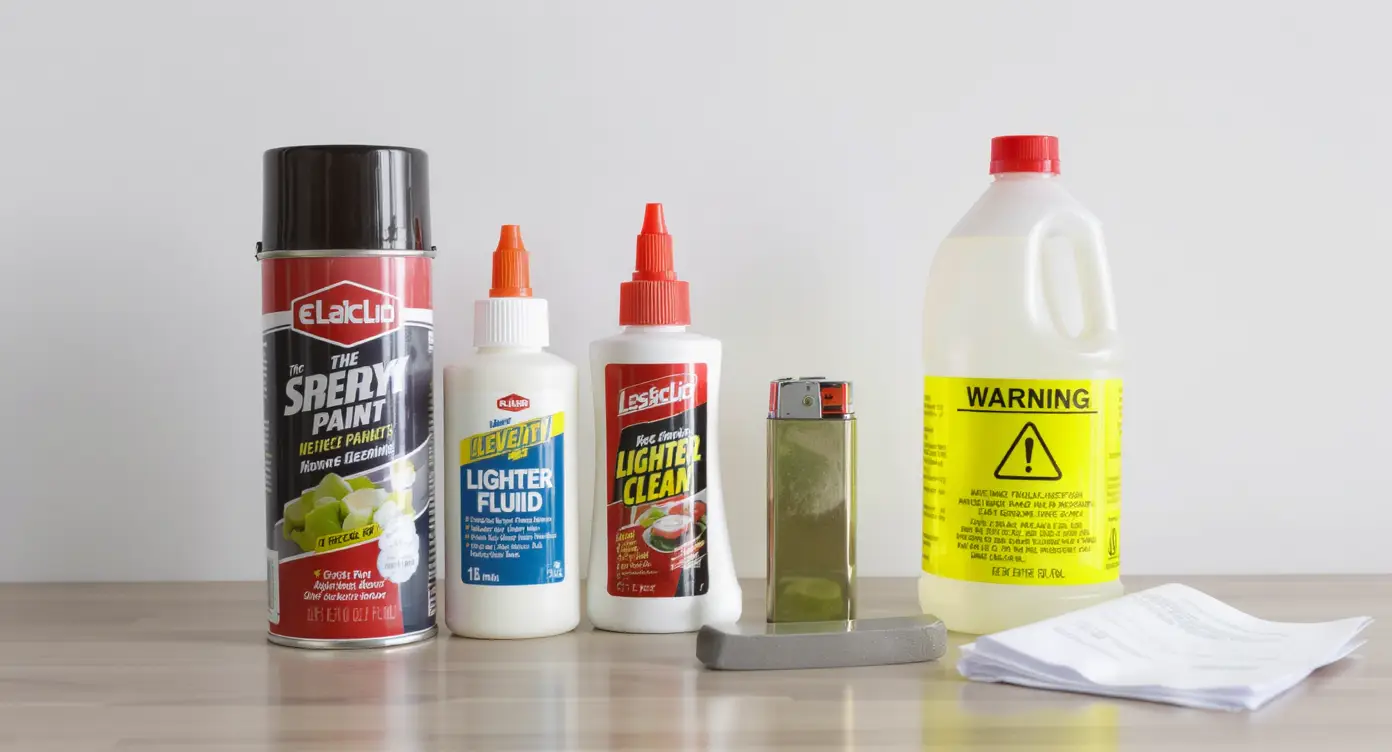Inhalants are chemical substances that produce mind-altering effects when inhaled. They are found in common household or industrial products like glue, spray paint, lighter fluid, or cleaning solvents.
Unlike most drugs, inhalants are not taken to treat pain or for recreation — they are misused because their vapors can create a quick, intense high. This effect lasts only a few minutes, leading some users to repeat inhalation several times in one session.
Inhalants can cause headaches, dizziness, nausea, confusion, or even sudden death. Regular use may lead to brain damage, memory loss, or long-term nervous system issues.

🧠 Related Terms
👉 Learn more about prevention:
Narconon Europe – Drug Abuse Help
👉 For more educational content, see our Drug Education & Prevention Materials
❓Frequently Asked Questions about Inhalants
1. What are inhalants used for?
They are usually everyday products not intended for drug use, but are misused for their vapors.
2. Why are inhalants dangerous?
They can cause brain damage, irregular heartbeat, suffocation, or sudden death.
3. What do inhalants look like?
Spray cans, glue bottles, gas cartridges, and cleaning chemicals — legal products misused as drugs.
4. Can inhalants be addictive?
Yes. Some users become psychologically dependent, especially teens.
5. How can someone avoid inhalants?
Store chemicals safely, don’t sniff unknown substances, and be aware of early signs of use.
